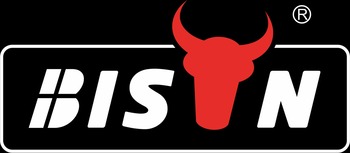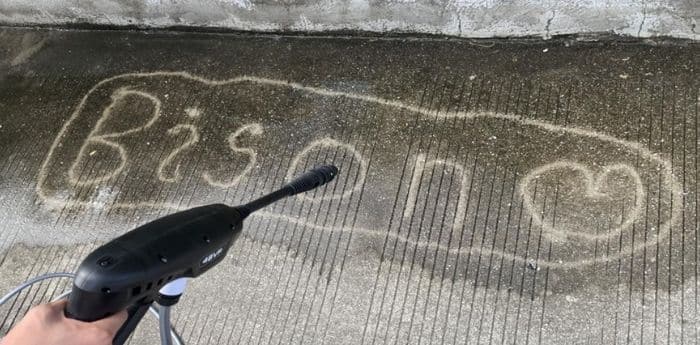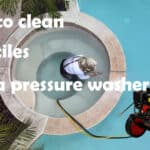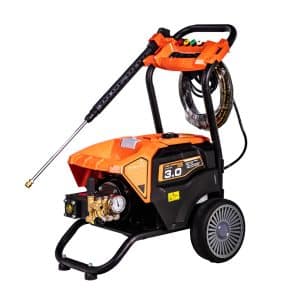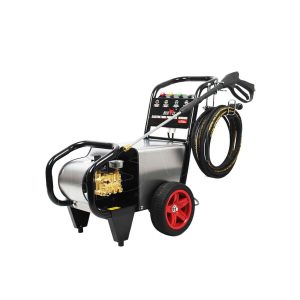
BISON Santy
Hello, I am Santy, the funder of bisonclean.com. I have been in cleaning machinery field for more than 5 years now, and the purpose of this article is to share with you the knowledge related to pressure washer from a Chinese supplier's perspective.
Table of Contents
Garbage cans are one of the most neglected hygiene areas in residential and commercial spaces. Over time, they accumulate unpleasant odors, bacteria, and germs, and can attract pests like flies, rodents, and insects. For a healthy and hygienic environment, we must clean the garbage can regularly.
A pressure washer is the fastest and most effective way to deep clean your garbage can. The targeted, high-pressure water jets easily remove stubborn dirt, sticky residue, and odors with less manual labor and reliance on harsh chemicals. In this guide, BISON will show you how to pressure wash a garbage can step-by-step and keep it looking and service life with minimal effort.
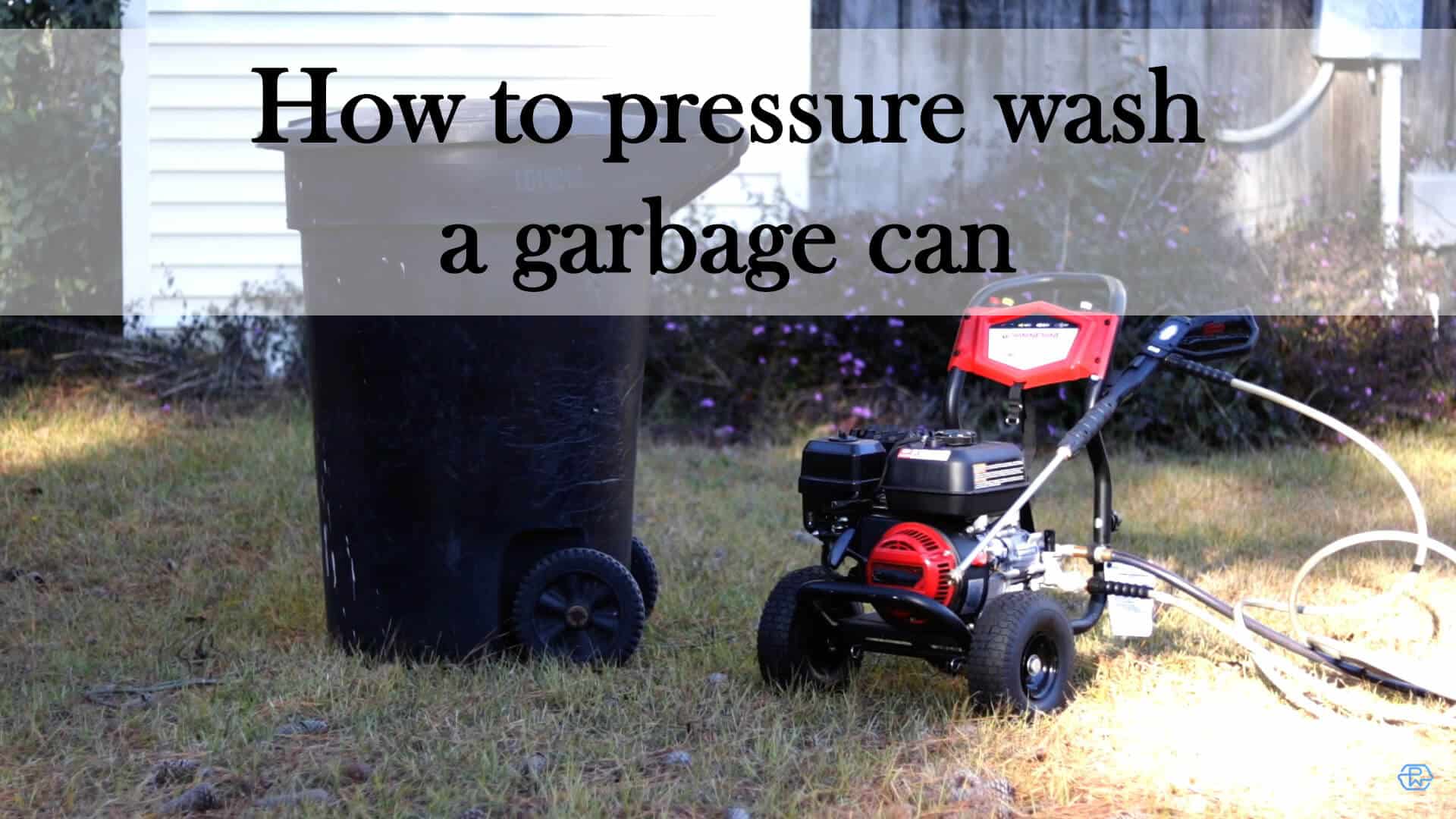
Things required to pressure wash your garbage can
1. Pressure washer
BIOSN recommends using a pressure washer with a PSI rating of 1,500 to 2,500 because it is powerful enough to remove dirt and grime without damaging the plastic or thin materials. When deciding between a gas-powered or electric pressure washer, consider the following:
- Gasoline/diesel pressure washer: Ideal for heavy-duty cleaning tasks and larger garbage cans. Provides more power, typically with PSI (pounds per square inch) ratings of 2,500 to 3,200.
- Electric pressure washer: Perfect for light- to medium-duty cleaning. Quieter, easier to maintain, and suited for smaller cans. PSI ratings typically range from 1,300 to 2,000.
2.Nozzles
For cleaning garbage cans, we recommend using 25-degree and 40-degree nozzles. Avoid using zero-degree nozzles, as they are too concentrated and can damage the surface of plastic or metal garbage cans.
3.Protective gear
Protecting yourself is just as important as cleaning the garbage can. You should wear rubber gloves, goggles, and closed-toe shoes.
4.Cleaning solutions
Using a cleaning solution will help break down odors, bacteria, and stubborn dirt inside and outside your garbage can. Here are some options:
- Bleach solution (1 part bleach to 9 parts water)
- Dishwashing liquid (a few tablespoons per gallon of water)
- Vinegar solution (1 part vinegar to 3 parts water)
- Degreasing agent
- Eco-friendly solution
- All-purpose cleaner
- Baking soda
5.Optional tools
- High-pressure washer brush: Scrub stubborn stains that cannot be easily removed.
- Hose: Pre-rinse or connect the pressure washer to a water source.
- Towel or cloth: Dry quickly after cleaning.
How to pressure wash a garbage can: Step-by-step guide
Step 1: empty the garbage can
After emptying the garbage can rinse the garbage can with a hose to remove any liquid residue, loose dirt, or debris that may be clinging to the sides or bottom. A low-pressure hose application at this stage can dislodge surface contaminants, though this preparatory measure remains optional based on debris severity.
Step 2: apply cleaning solution
Observe the dirt on the garbage can and choose the appropriate cleaning solution:
- Ordinary grease and dirt can be broken down with dishwashing liquid or all-purpose cleaner
- Choose a degreaser for severe stains or greasy residue.
- Use baking soda or vinegar for trash cans with odors.
Apply the appropriate cleaning solution to the inside and outside of the trash can, paying special attention to the bottom and sides where dirt tends to accumulate. Later, let the cleaning solution sit for five to ten minutes. This will give the solution sufficient time to break down the dirt.
Step 3: set up the pressure washer
Connect the pressure washer to a water source (such as a hose) and ensure it is turned off before you begin. Install the designated spray tip and configure the system to moderate intensity (targeting 1,300–2,000 PSI for adjustable units). Complete the process by inspecting all fittings for tightness and conducting a brief operational test to confirm proper functionality.
Step 4: pressure wash the inside
Place the nozzle (40 degrees) about 12 inches from the surface of the garbage can. Then start pressure washing the inside from the bottom up, which can prevent streaking and have better coverage.
Focus on the bottom, corners, and seams where dirt tends to accumulate. Adjust the nozzle (25 degrees) about 12-18 inches from the surface for the best cleaning effect.
Move the nozzle systematically in horizontal or vertical passes (e.g., left-to-right or top-to-bottom) to ensure full sanitization of all internal areas.
Step 5: pressure wash the exterior
Spray the exterior of the garbage can in sections, using long sweeping motions. Employ steady, overlapping strokes with a 40° spray tip, maintaining a 12-inch gap between the nozzle and material. This nozzle angle ensures broad coverage without excessive force, minimizing wear on surfaces already addressed in prior steps.
Note: Always be careful with any logos or painted areas during the washing process to avoid damaging them.
Step 6: clean the lid
Garbage can lids typically rank among the most contaminated zones due to frequent exposure to liquid residues or debris. Prioritize systematically addressing both inner and outer surfaces using high-pressure rinsing. Initiate cleaning at the highest point to tackle dried spills or adhesive waste residues. Focus particularly on joining edges, grip points, and rubber gaskets—common problem spots prone to microbial growth or trapped moisture. For stubborn residue, combine pressurized washing with brief manual brushing to ensure complete sanitization.
Step 7: rinse thoroughly and air dry the garbage can
Use a pressure washer to thoroughly rinse the garbage can, making sure there is no soap or detergent residue left inside or outside the garbage can. Residue can cause odors to appear or attract dust more quickly.
Tip the garbage can upside down in a sunny area and let it air dry naturally. Sunlight not only speeds up the drying process but also helps kill bacteria and any remaining odors. You can also use a dry towel or cloth to wipe the garbage can and remove excess moisture.
By following these steps, you will have a garbage can that is free of pests, mold, and odors.

Conclusion
Through this article, we know that cleaning garbage cans with pressure washer is the most effective way to keep the surrounding environment clean and odor-free. This will create a healthier and more comfortable outdoor environment for the community or business.
However, cleaner garbage cans are just the beginning of cleaner and healthier spaces! For more cleaning tips or to explore professional pressure washers designed for efficient cleaning, please visit BISON. As China’s first-class pressure washer supply company, BISON has the most mature sales program and supply chain, and we are always ready to help dealers.
FAQs about pressure wash a garbage can
Regular cleaning is key to preventing odor and bacteria buildup. Clean your garbage can thoroughly with a pressure washer at least once every 1-2 months, especially if there is an overflow or leak. If you have food scraps or wet trash, clean it more frequently to prevent pests from breeding.
Yes, most standard garbage cans, including plastic and metal garbage cans, can be cleaned with a pressure washer. However, be careful with the pressure setting, and it is best to use a medium or low-pressure setting, especially for plastic cans. If you are still unsure, be sure to check the manufacturer’s instructions for your specific garbage can to ensure that it is safe to pressure wash.
Yes, if you don’t have a pressure washer, you can use a regular hose, but it is very ineffective at removing stubborn dirt or grime. It won’t clean as well or as fast as a pressure washer. If you use a hose, consider using a firm nozzle for better water flow.
You might also enjoy
Questions?
Contact Us Today.
Related Products
Find more?
Related Posts
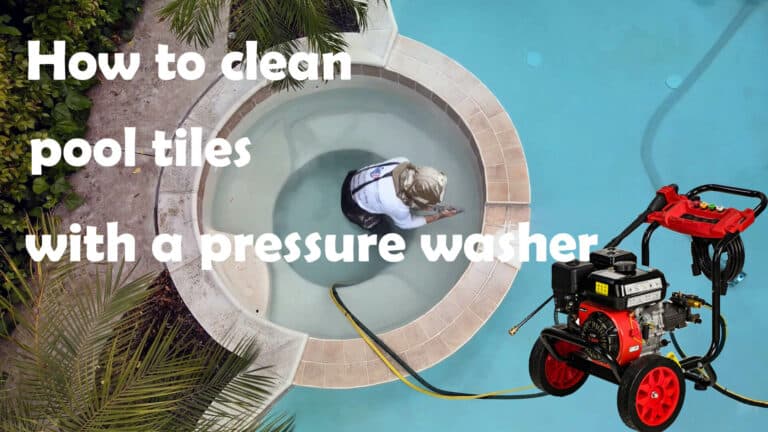
How to clean pool tiles with a pressure washer
This comprehensive guide will walk you through the steps to restore your pool tile to its original glory using a pressure washer.

How pressure washing can help with oil field cleaning
This article will show how pressure washing can provide a cleaning solution for the oilfield industry and explore its benefits and applications.
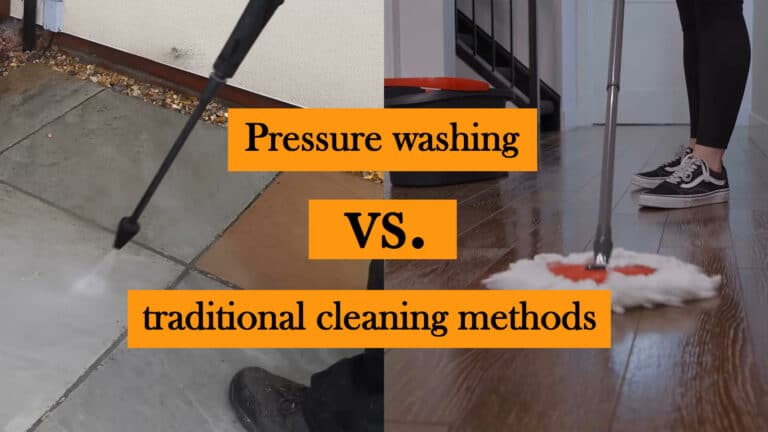
Pressure washing vs. traditional cleaning methods
In this article, BISON will take an in-depth comparison of pressure washing vs. traditional cleaning methods to highlight their pros and cons.
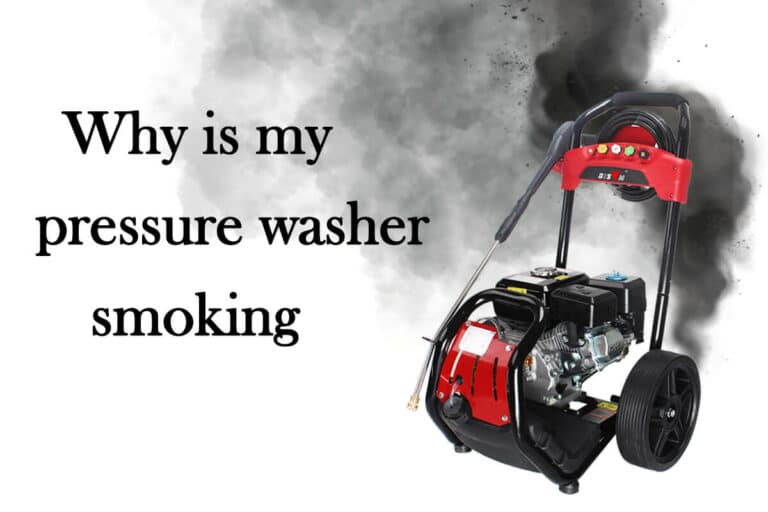
Why is my pressure washer smoking
This blog will help you understand the common reasons why your pressure washer may smoke. In the end, you’ll learn what the smoke could mean
